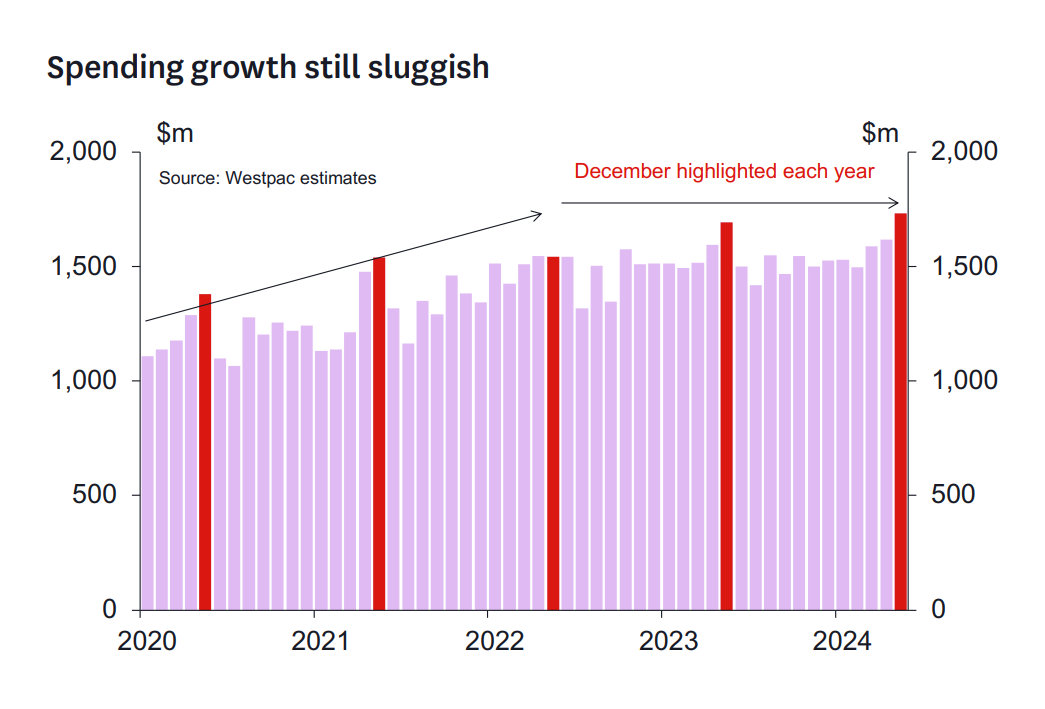Tepid growth in consumer spending

New Zealand’s retail sector experienced a soft closure to 2024, according to Satish Ranchhod (pictured above), senior economist at Westpac.
The bank’s retail tracker indicated that December spending on Westpac-issued credit and debit cards increased by just 2% compared to the previous year.
“While it’s encouraging that spending is rising, that’s still a very muted gain, especially given the large increases in operating costs that many retailers have faced over the past year,” Ranchhod said.
He also highlighted the concern over minimal per-capita spending growth, reflecting the country’s modest population increase of about 1%.
Retail sector spending trends
The Westpac data revealed a diverse landscape across different retail sectors.
Grocery spending saw a rise of approximately 3%, with expenditures on furnishings and appliances increasing by 5% and travel expenses by 2%.
In contrast, the hospitality sector continued to struggle, experiencing declines in entertainment and dining out expenses.

Regional disparities in spending
Spending patterns varied significantly by region.
Areas with strong agricultural foundations, such as Southland, Otago, Northland, and Waikato, witnessed notable increases in spending, likely driven by improvements in agricultural export prices.
However, Auckland saw only a modest 1% increase in spending due to the impact of slowed population growth. Meanwhile, in Wellington, spending growth stagnated amid public sector cutbacks and low consumer confidence.
Optimistic outlook for 2025 amid challenges
Looking forward, Ranchhod predicts a brighter 2025 for both households and retailers as major economic pressures begin to ease.
“Inflation has dropped back and is now sitting close to 2%,” he said, adding that the Reserve Bank has reduced the OCR in response, with expectations of further cuts, including a 50 basis point reduction at the upcoming February meeting.
Despite these positive developments, challenges persist.
Unemployment has increased to 4.8% and may rise above 5% in the coming months.
Additionally, the New Zealand dollar has weakened significantly, reaching its lowest point since 2022, which, while potentially beneficial for exporters and tourism operators, could increase the cost of imported goods such as petrol, further straining household finances.
“It will take time for the easing in financial pressures to ripple through the economy,” Ranchhod said. “But over the course of this year, we expect to see a firming in both household spending and the housing market.”
The recent uptick in consumer confidence suggests potential for recovery, though the global economic environment remains a key factor for future developments.
Read the Westpac report in full for more information.



